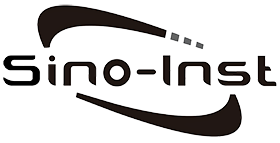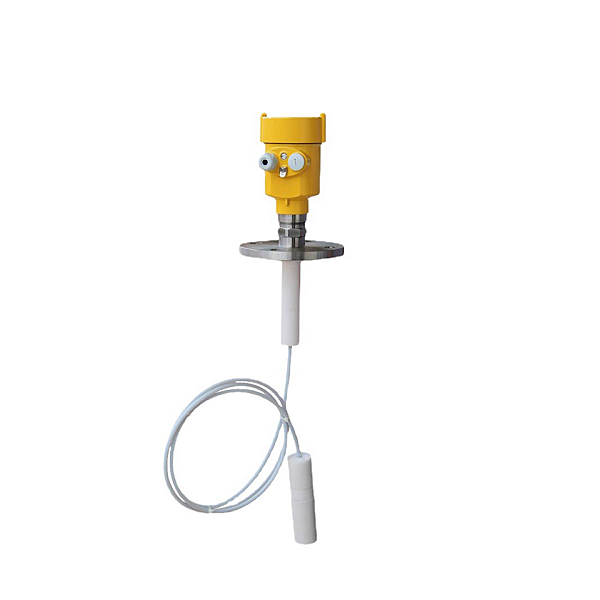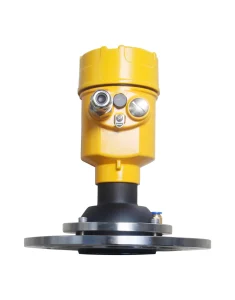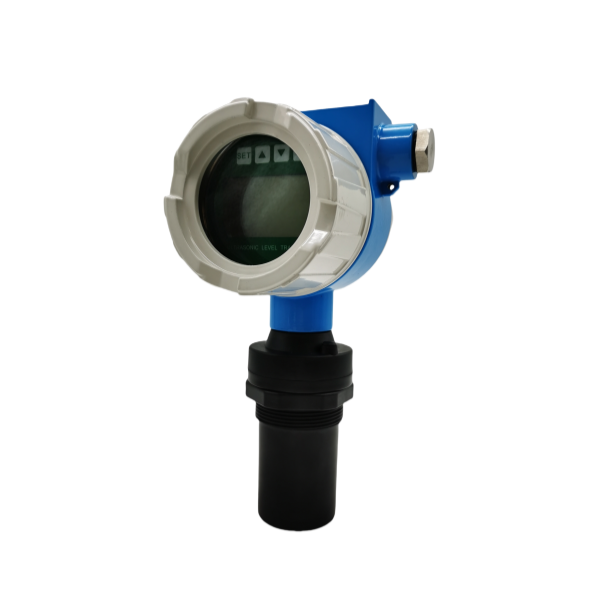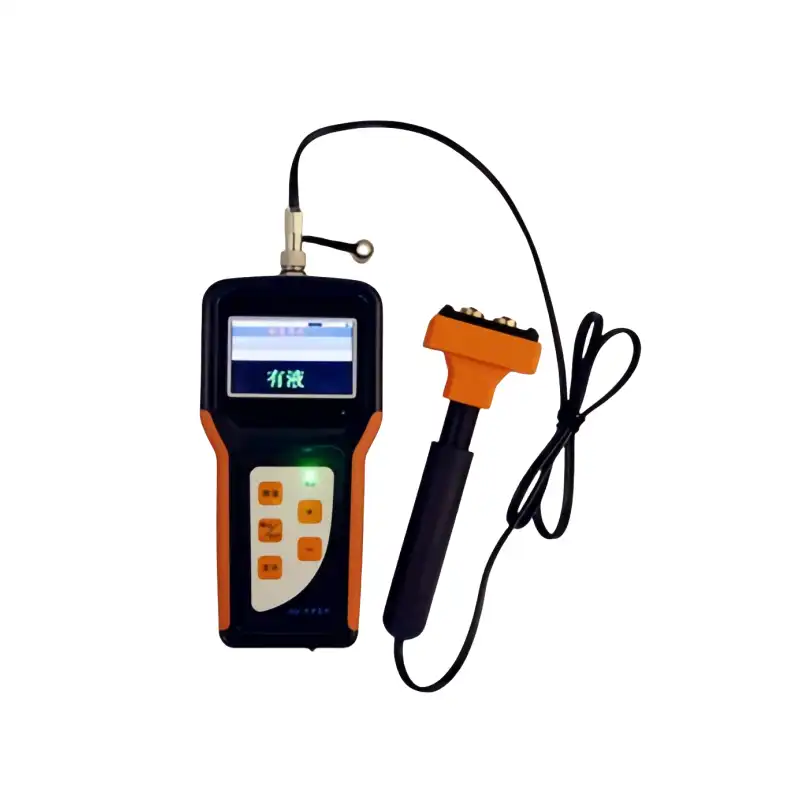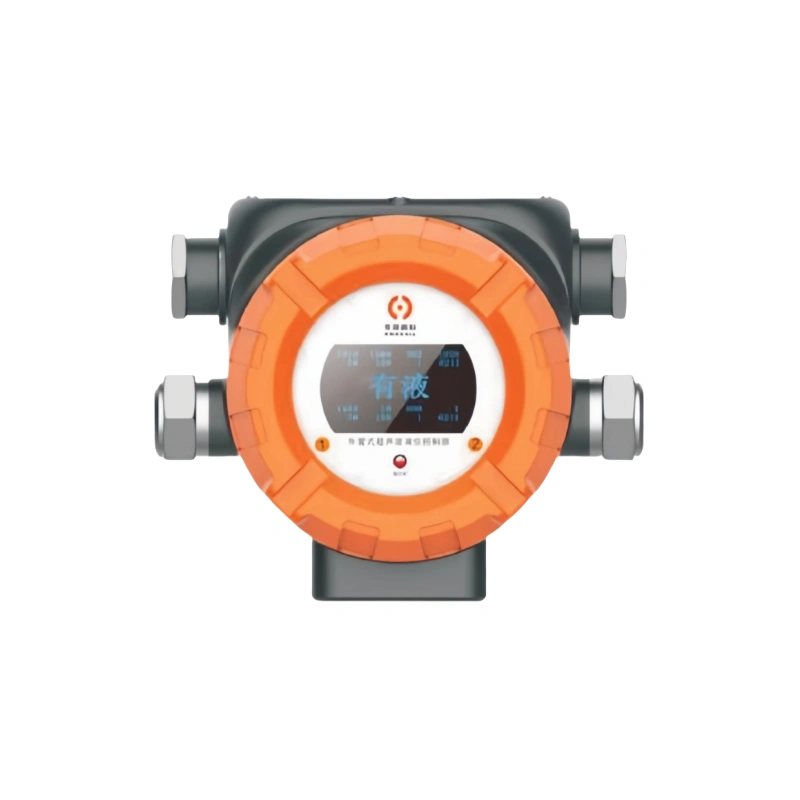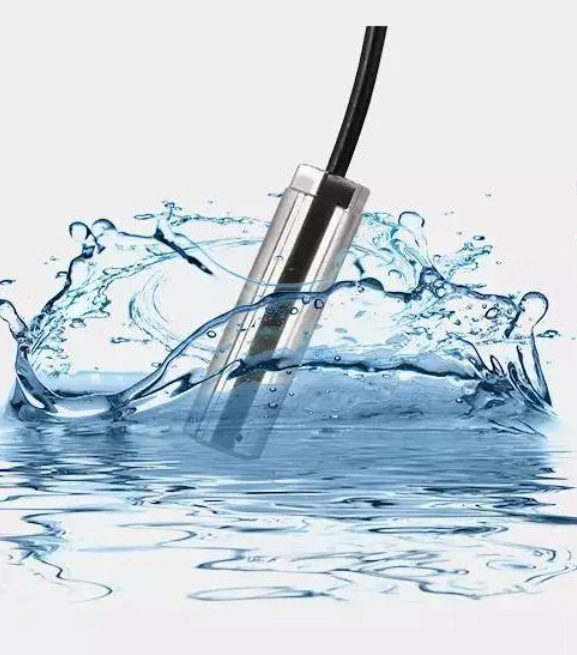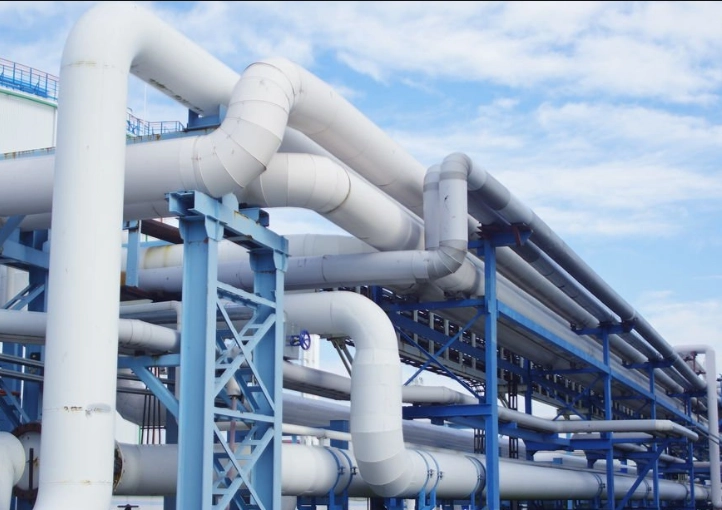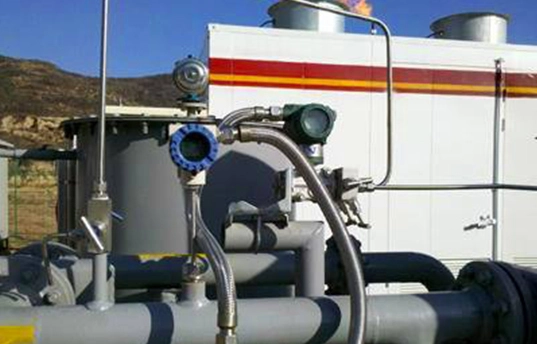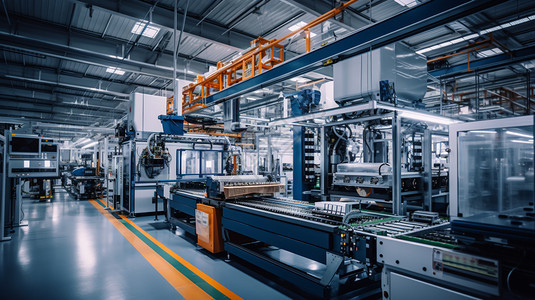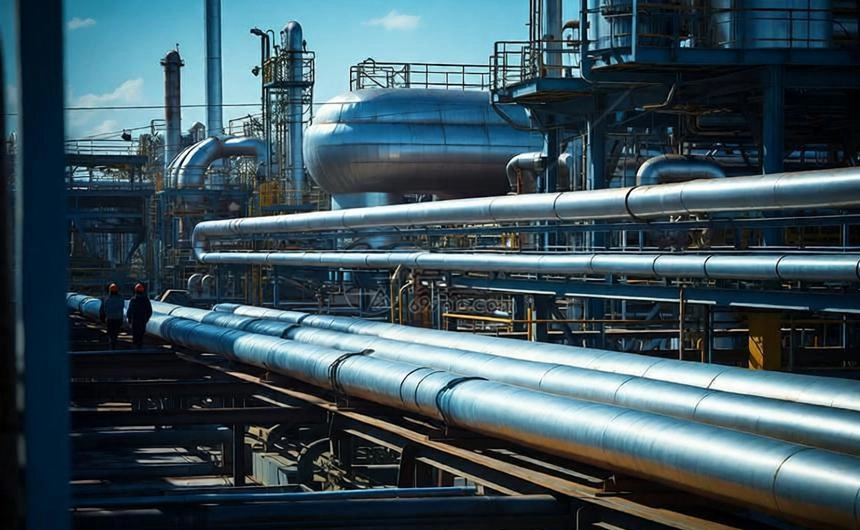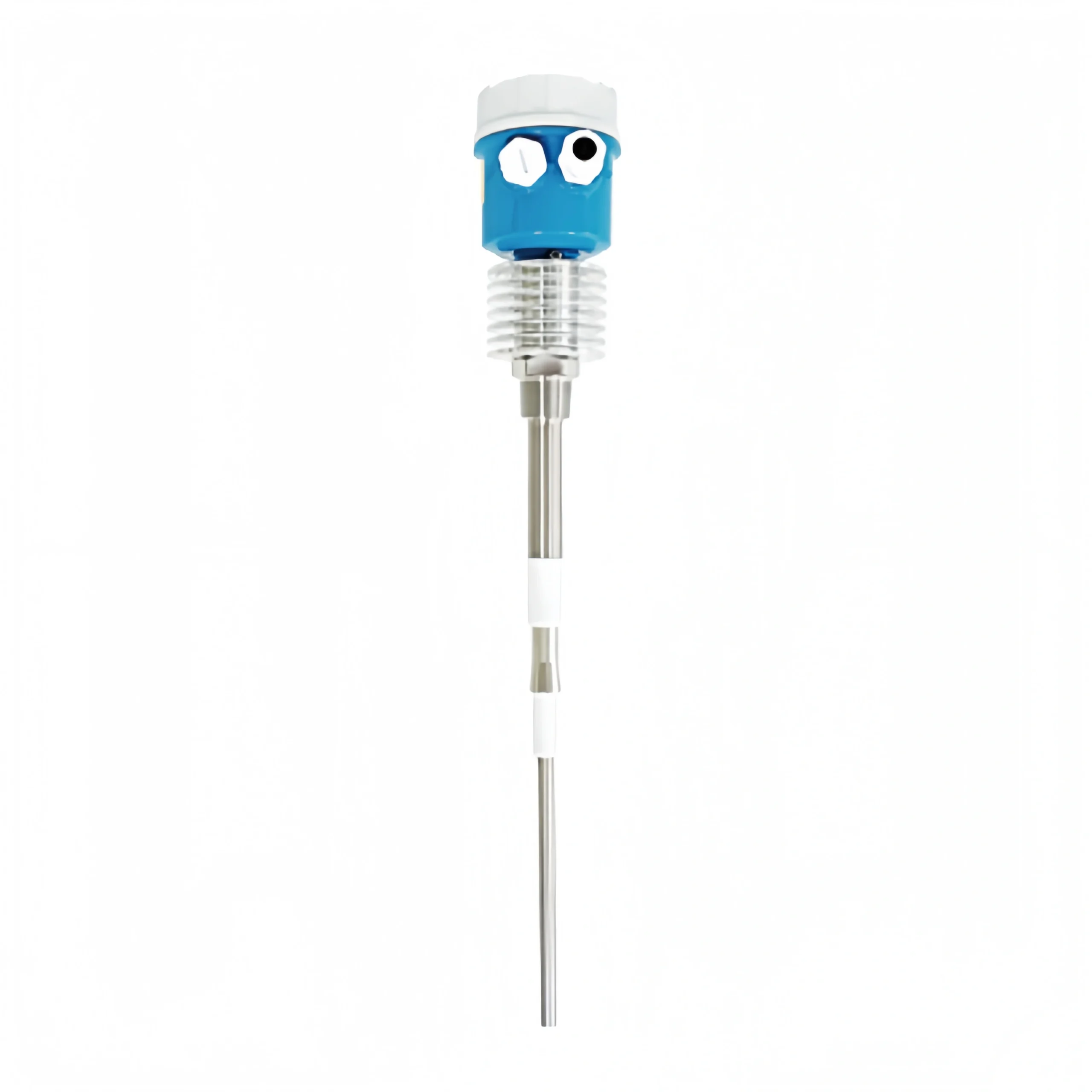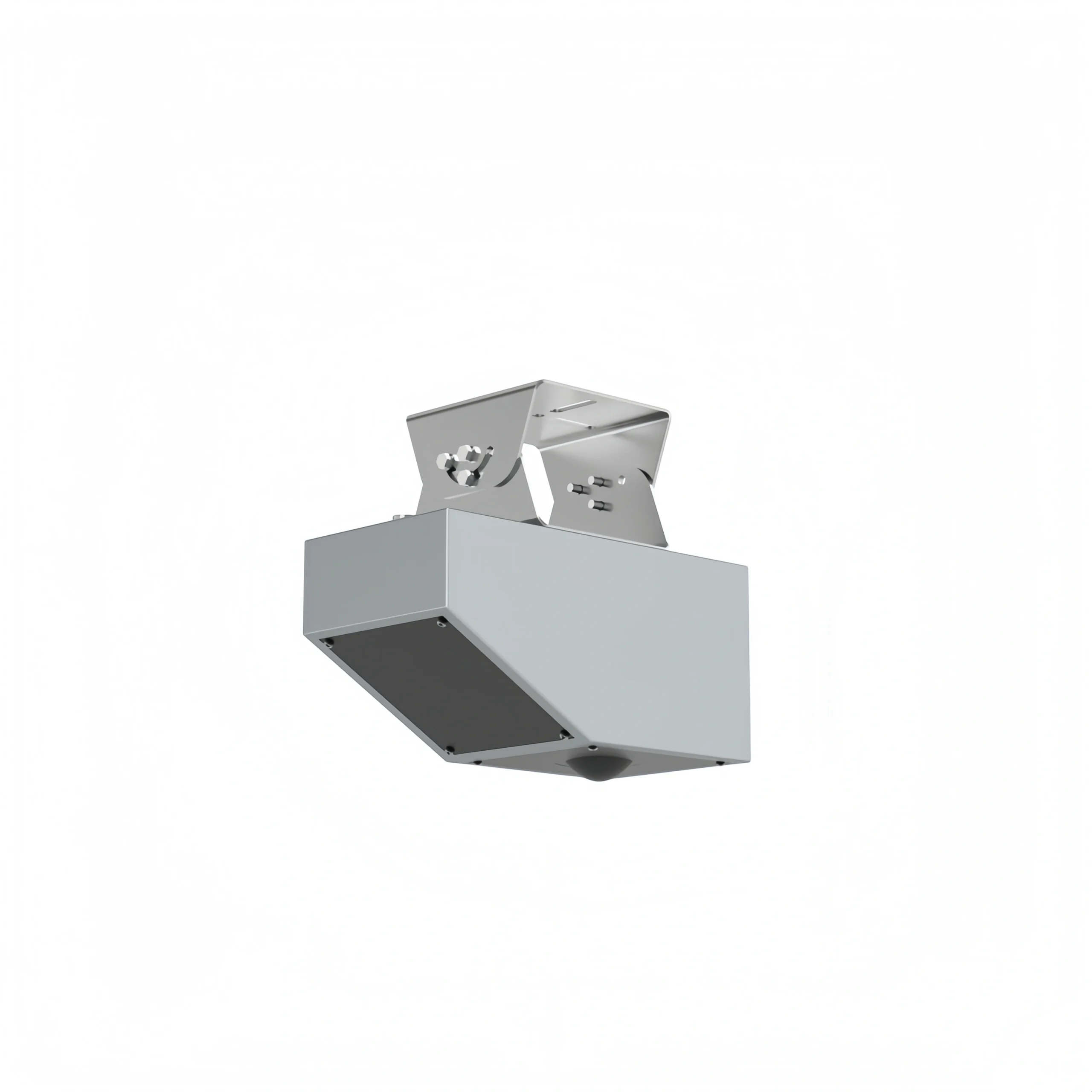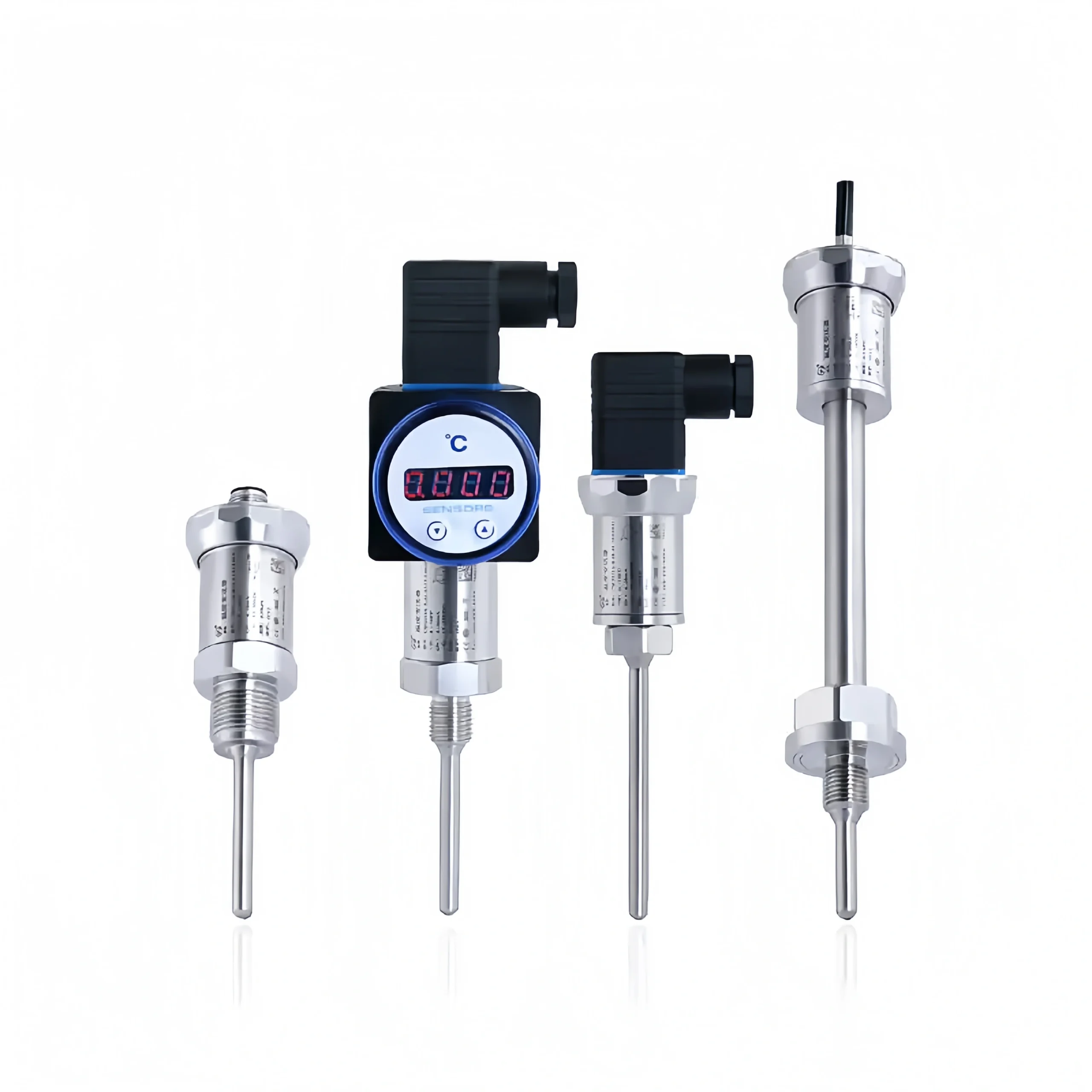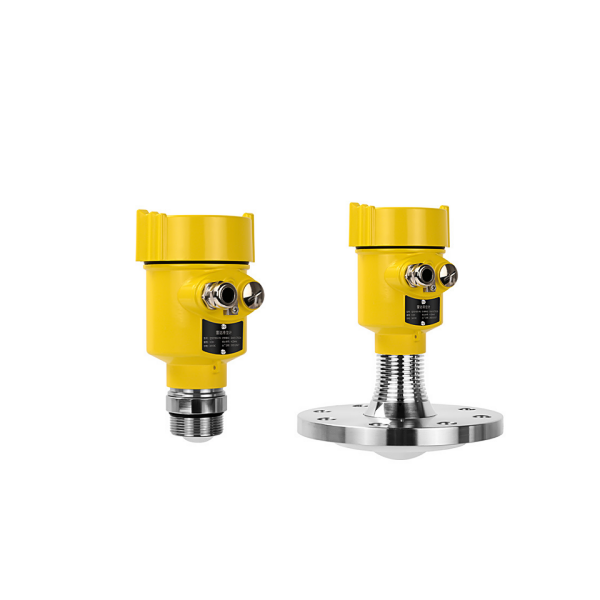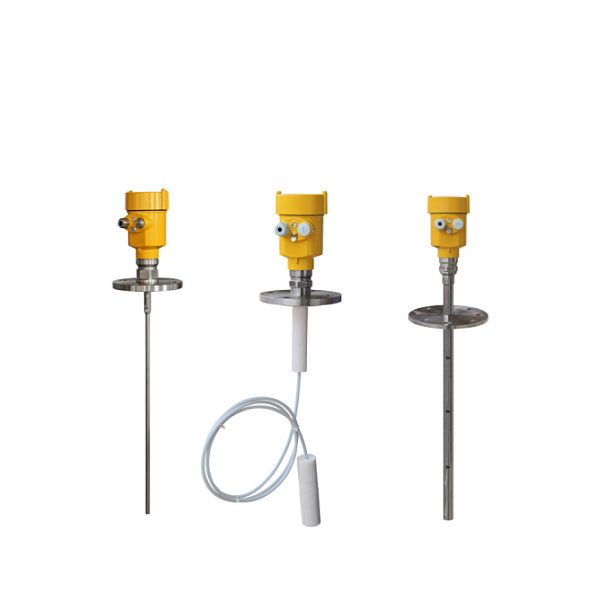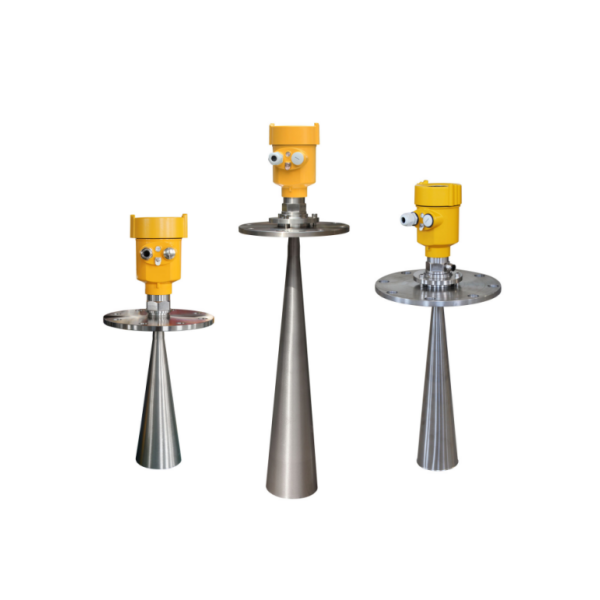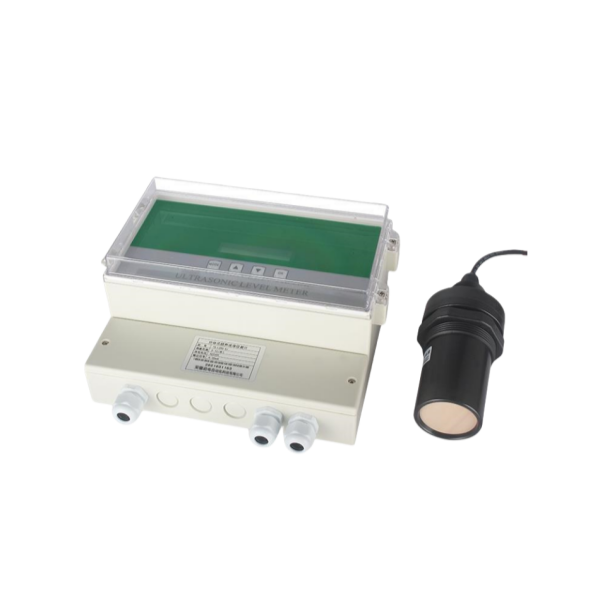Nowadays, guided wave radar level sensors have been widely used in the petroleum, chemical and other industries. It can measure highly corrosive, flammable, explosive and high viscosity media. It is widely used in large vertical tanks and spherical tanks.
This article will introduce the guided wave radar level sensor comprehensively. I believe that after reading this article, you will have a comprehensive understanding of the guided wave radar level sensor.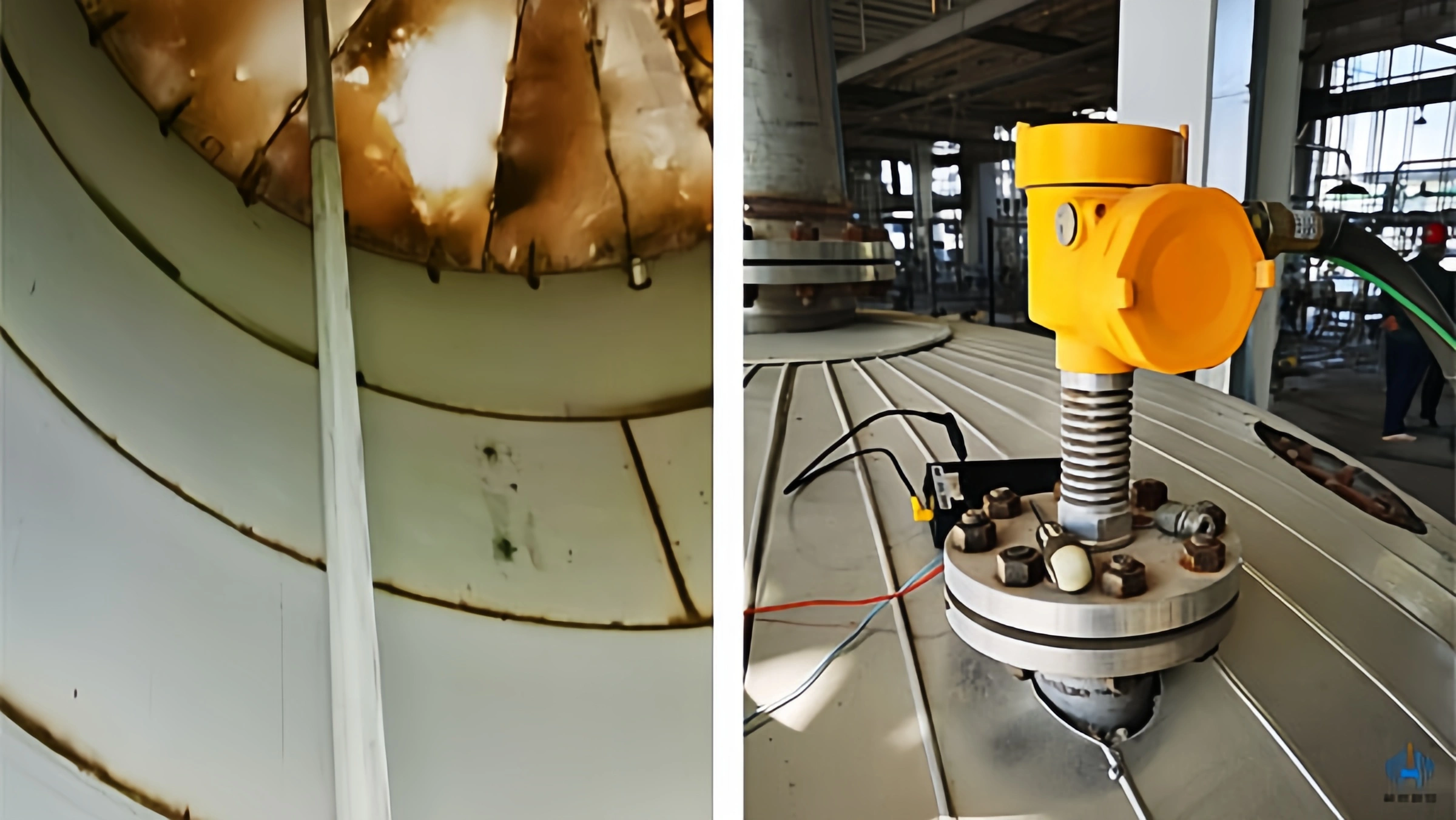
Sino-Inst Featured Product
What is a Guided Wave Radar Level Sensor?
Guided wave radar level meter is a liquid level measurement instrument based on the time travel principle (TDR). It is used to accurately measure the level of liquids or solids in storage tanks or containers. Guided wave radar level sensors are particularly suitable for liquids with high viscosity and high density. It can also measure liquids in harsh environments.
Guided wave radar level sensors are very accurate and reliable. At the same time, its maintenance cost is relatively low. This type of level meter has been widely used in chemical, petroleum, water treatment and many other industrial fields.
Advantage:
- The measurement of media with large fluctuations is more stable. Data will not be affected by factors such as the chemical properties and temperature of the medium.
- More suitable for measuring materials in small tanks
- Guided wave radar level sensor is not limited by the high or low dielectric constant.
- High precision: It has high resolution. It can achieve millimeter-level liquid level measurement.
- Wide range of applications: Suitable for level measurement of various liquid media. such as corrosive liquids, high-temperature liquids, high-pressure liquids, etc.
- Strong anti-interference ability: It can work under complex working conditions.
Disadvantage
- Guided wave radar level sensor is inconvenient to install and maintain
- Limited measurement range: The measurement range of the guided wave radar level sensor is relatively small. It is generally not suitable for the measurement of large tanks.
- High price: The price of a guided wave radar level sensor is high. For some small and medium-sized enterprises, there may be certain economic pressures.
- Difficult to install and maintain: Guided wave radar that is too long is more difficult to install and maintain. In addition, the selection of a guided wave radar level sensor is more troublesome than that of an ordinary radar level sensor. Because the length of the wave guide rod (cable) is fixed based on the original operating conditions. It is generally not interchangeable.
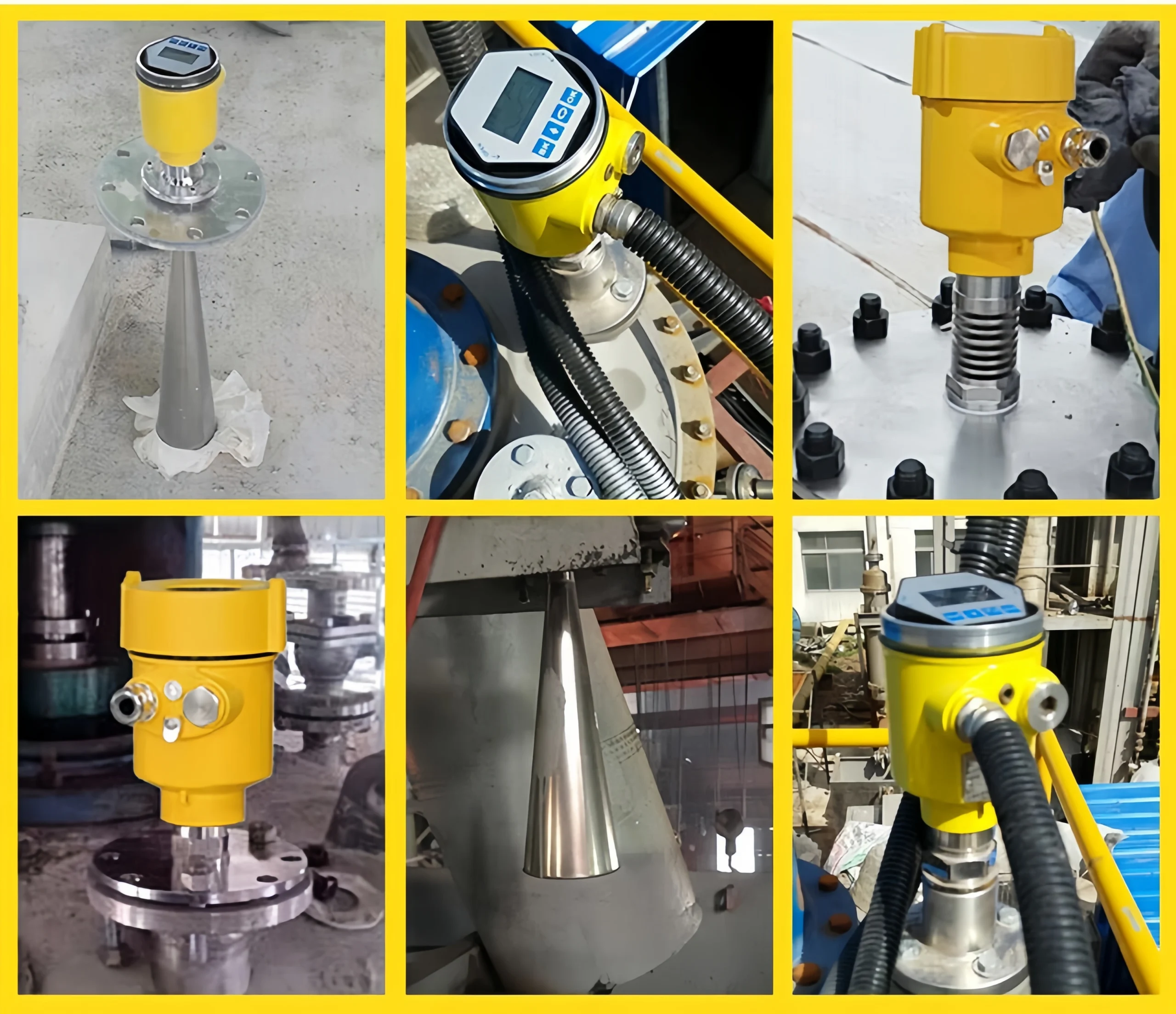
Guided Radar Level Sensor Types
Sino-Inst classifies guided wave radars into the following five types:
Cable-type /Single-rod Guided Wave Radar Level Sensor
This type of level sensor has a measuring range of up to 30 meters. It uses a flexible metal cable/rod as its primary component. This design allows for bending, making it ideal for applications requiring a larger measuring range. Its flexibility makes it easier to transport and maintain. It can measure corrosive liquids.
Anti-Corrosion Guided Wave Radar Level Sensor
It has a relatively simple structure, using a metal rod as its primary material. Its advantage is that it does not cause material sticking and has a stable structure. It is particularly suitable for level measurement of highly viscous liquids. In addition, single-rod guided wave radar level gauges can also be used to measure the level of powders, liquids, and granular solids.
Coaxial Guided Wave Radar Level Sensor
A coaxial guided wave radar level gauge is primarily constructed of a metal tube and a thin metal rod. This design provides excellent echo signal reception, low energy loss, and strong anti-interference capabilities. Coaxial guided wave radar level sensors are widely used in various industrial applications.
Dual-Rod Guided Wave Radar Level Sensor
This is developed based on the dual-loop guided wave radar level gauge. It is suitable for measuring the level of solid powders. It is used to measure powders in cement silos and fly ash.
Customized High-Temperature and High-Pressure Guided Wave Radar Level Sensor
This is used to measure the liquid level in high-temperature and high-pressure containers. Such as sealed tanks.
Sino-Inst’s guided wave radar level gauges can be customized. You can choose from a variety of connection methods and output signals. For more information, please refer to the Guided Wave Radar Level Sensor.
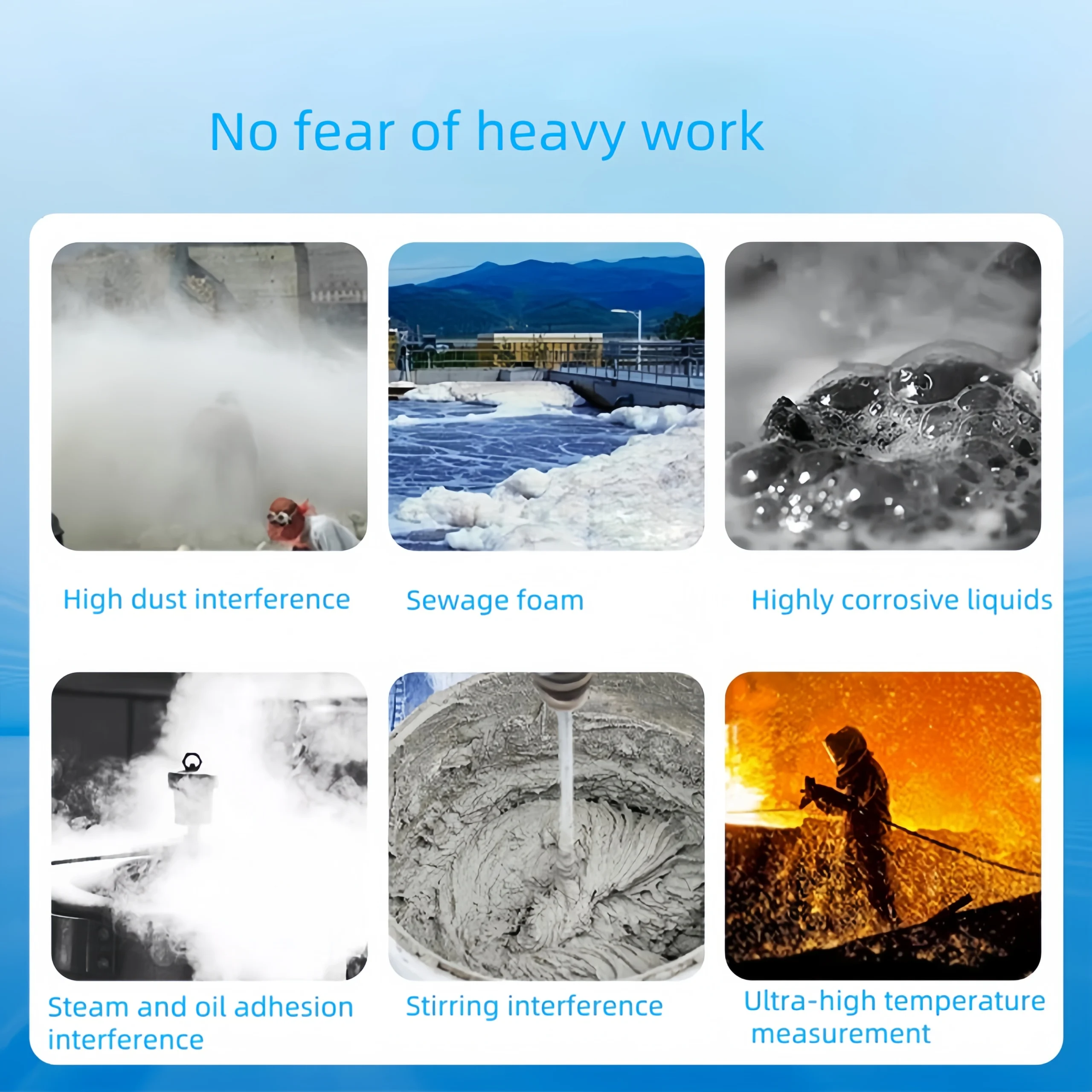
Guided Wave Radar Level Sensor Working Principle
Principle:
It works similarly to the ultrasonic level sensor. Guided wave radar emits high-frequency microwave pulses that propagate along the detection assembly (steel cable or rod). Upon encountering the measured medium, a sudden change in dielectric constant causes reflection. And a portion of the pulse energy is reflected. The time interval between the transmitted and reflected pulses is proportional to the distance to the measured medium.
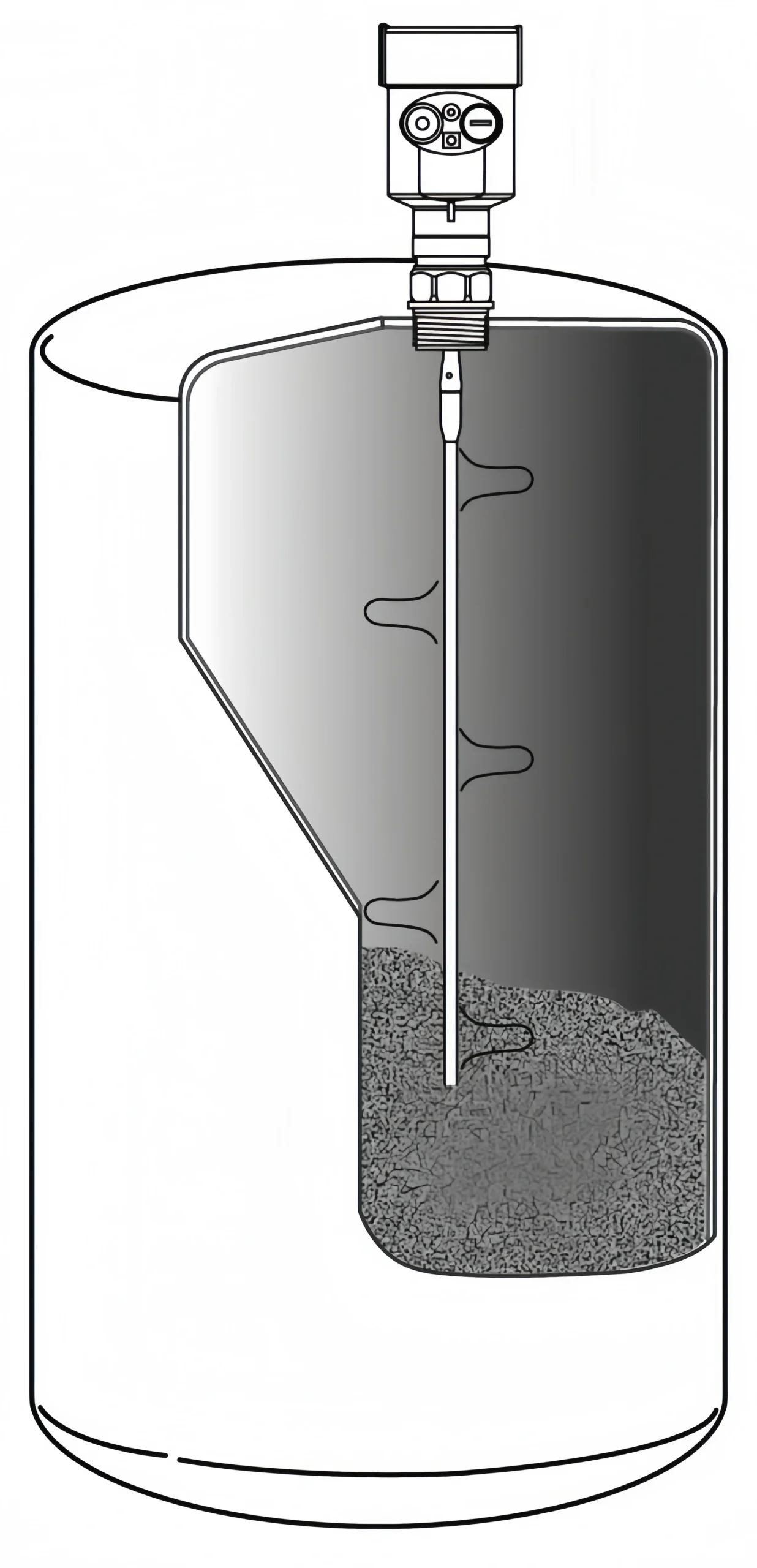
Description:
Guided wave radar is a measuring instrument based on the time-travel principle. Radar waves travel at the speed of light, and the travel time is converted into a level signal by electronic components. The probe emits a high-frequency pulse that travels along a cable or rod probe. When the pulse strikes the material surface, it reflects and is received by the receiver inside the meter, converting the distance signal into a level signal.
The reflected pulse signal travels along the cable or rod probe to the meter’s electronics. A microprocessor processes the signal and identifies the echo generated by the microwave pulse on the material surface. Accurate echo signal identification is performed by the pulse software. The distance D from the material surface is proportional to the pulse’s time travel T:
D = C × T/2
where C is the speed of light.
Since the distance E to the empty tank is known, the level L is:
L = E – D.
The meter is configured by entering the empty tank height E (zero point), the full tank height F (full scale), and some application parameters. The application parameters automatically adapt the meter to the measurement environment, resulting in a 4-20 mA output.
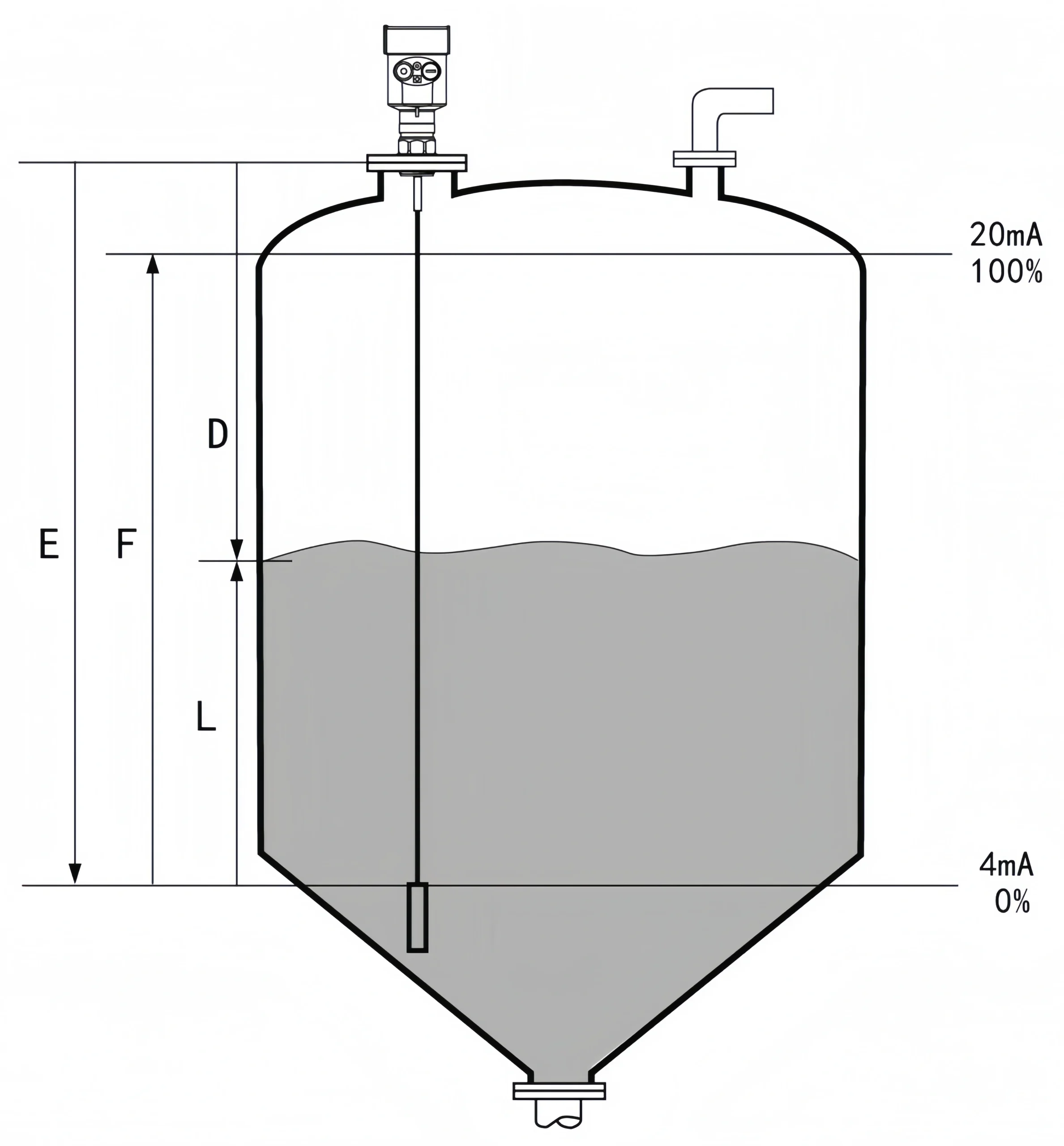
Measuring Range: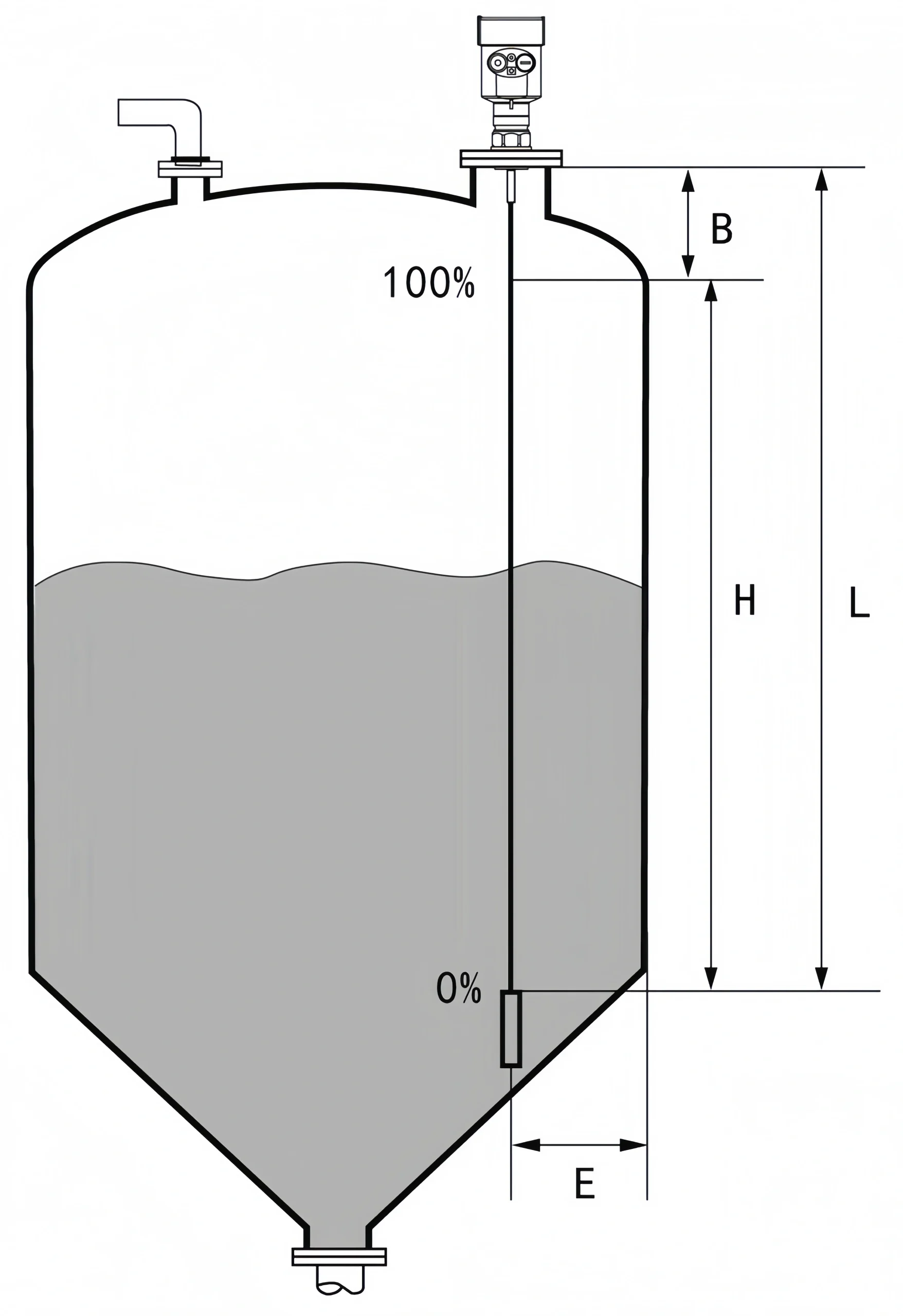
Description:
H – Measuring Range
L – Empty Tank Distance
B – Top Blind Zone
E – Minimum Distance from Probe to Tank Wall
The top blind zone is the minimum distance between the highest material surface and the measurement reference point. The bottom blind zone refers to the distance near the bottom of the cable where accurate measurement is impossible.
The effective measurement distance is between the top and bottom blind zones.
Note: Reliable tank level measurement is only possible when the material is between the top and bottom blind zones.
Read more about: Radar Level Transmitter Vs Ultrasonic Level Transmitter
Guided Wave Radar Level Sensor Applications
Guided wave radar level sensors can flexibly measure the levels of various materials. Customizable, they are highly adaptable to a wide range of industries.
Petrochemical Industry:
Guided wave radar level sensors can accurately measure corrosive, high-temperature, and high-pressure liquids. Meet the level measurement needs of the petrochemical industry. They can also be used for level control and level monitoring during the batching and mixing of liquid materials.
Food and Pharmaceutical Industry:
Guided wave radar level sensors are also widely used in the food and pharmaceutical industry. For example, level measurement is required in equipment such as syrup storage tanks, baking ovens, and muffin tins.
Sewage Treatment Industry:
Guided wave radar level sensors are commonly used in the sewage treatment industry for level measurement in equipment. such as sewage tanks, sedimentation tanks, regulating tanks, and reverse osmosis equipment. They offer strong anti-interference capabilities. It can accurately measure levels under complex operating conditions.
Power Industry:
It is widely used in the power industry for level measurement in reservoirs, large oil tanks, and other equipment. Their high accuracy and resolution enable millimeter-level measurement, ensuring safe equipment operation.
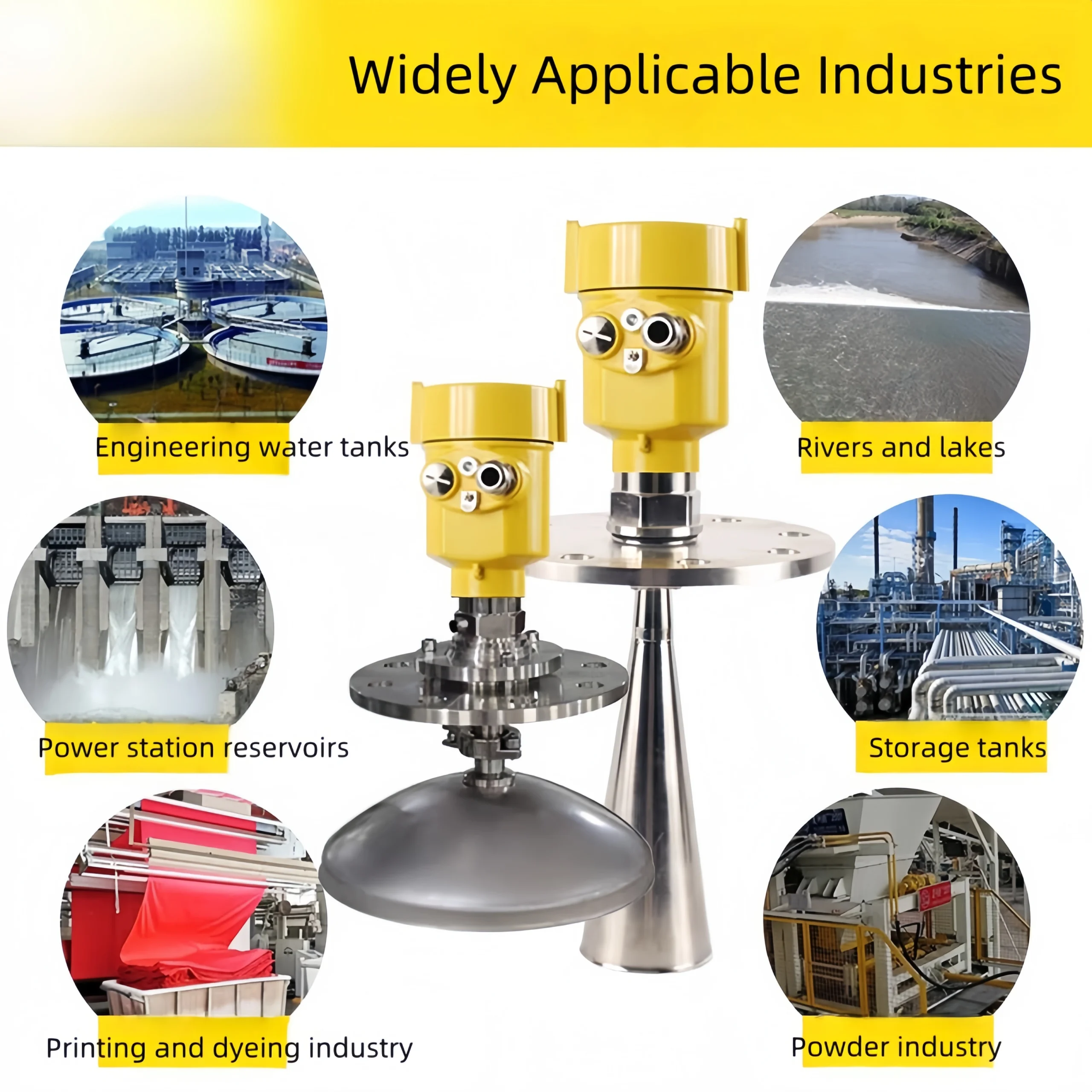
How to Choose a Guided Wave Radar Level Transmitter?
When selecting a suitable guided wave radar level sensor, you need to consider the following information.
Tank/Container Information
- Tank Type: Storage Tank/Reaction Tank/Separator Tank/Marine Tank
- Tank Structure: Tank Material/Pressure
- Tank Dimensions: Tank Height/Diameter
- Tank Roof: Dome/Flat/Open/Cone
- Tank Bottom: Cone/Flat/Slope/Curved
- Mounting: Top/Side/Bypass/Still Pipe
Tank Roof Connection
Nozzle Height/Nozzle Diameter
Measured Medium
- Medium Name: Material Properties/Liquid/Solid/Mixed Medium
- Medium Temperature/Dielectric Constant/Hydraulic/Stirring
Process Connection
Thread: (G1½” 1½” NPT) Flange (DN= ) Flange (ANSI= )
Power Supply
24V DC Two-Wire/24V DC Four-Wire/220V AC Four-Wire
Output
4-20mA/HART
Display
Programmable with Meter/Programmable without Meter
Only after confirming the above information. Then, we can recommend the best solution for you.
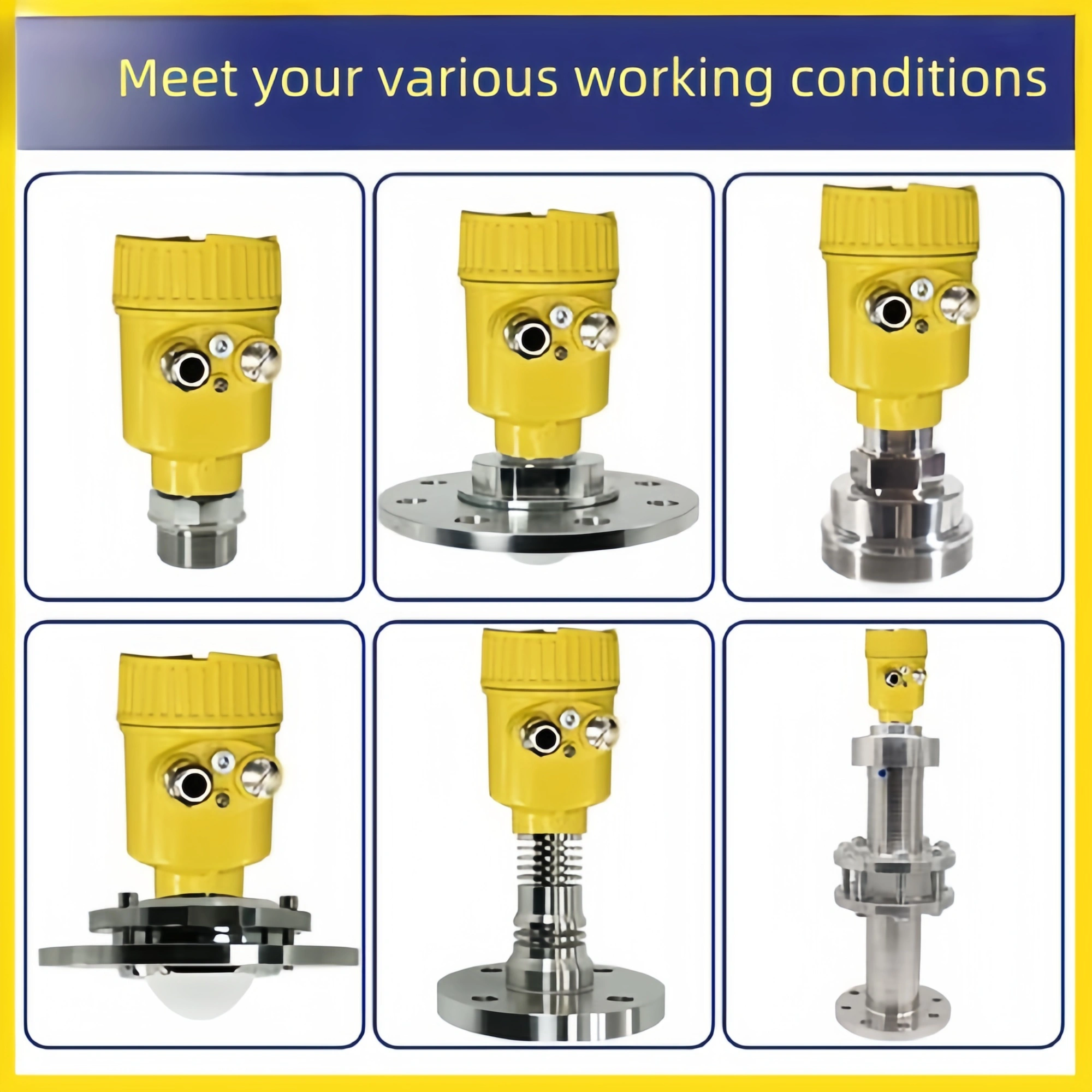
What is the difference between GWR and TDR?
GWR: Guided Wave Radar
TDR: Time Domain Reflectometry.
GWR: Electromagnetic waves are transmitted through a waveguide (a metal rod or cable). When the waves hit the liquid surface, they are reflected. The liquid level is calculated based on the time difference between the transmitted and received pulses.
TDR: Electromagnetic pulses propagate through a transmission line. When they encounter impedance changes (such as the liquid surface), part of the pulse is reflected. The liquid level is determined by measuring the time difference.
In short, guided wave radar level sensors are specialized instruments for liquid level measurement. If you need to purchase a guided wave radar level sensor, please feel free to choose us. We will be your most suitable instrument measurement partner. If you have any other technical questions, please feel free to contact us.
